Michelle Brunetti
Erin Considine
Alexis Rinaldi
Kate Shaggy
Torringford Elementary School, Torrington Public School District
TEACHER'S SNAPSHOT
Course Topics/Big Ideas:
Cultural Communities in Connecticut Present and Past, Innovation, Industry, and Economic Growth
Town:
Statewide, Torrington
Grade:
Grade 3
Lesson Plan Notes
Students will look at pictures from the past and present. Based on those images, students will evaluate and discuss how daily life has changed over time. Students will explore how one aspect of life in their town (agriculture, education, work, or entertainment/recreation) has changed. We used Torrington, Connecticut, as our model, but this activity will work with any town. You can find historic photos from your town online (see resources listed below) or through your local historical society. Find modern photos online, take your own, or have kids contribute them.
ESSENTIAL QUESTION
SUPPORTING QUESTIONS
- How can we use evidence from images to learn about life in the past?
- How do communities change over time?
- In what ways would my life have been different if I lived in this town long ago?
ACTIVITY
Introduction:
- Start by introducing the compelling question: In what ways has your town changed and/or stayed the same over time? Discuss and list some preliminary ideas that students have.
- Project the Barber drawing and use the Visual Thinking Strategies or other guiding questions to engage students with the image(s). What do they see? What do they think about what they see? What questions do they have? What words would they use to describe the town at this time?
- Optional: Share the bird’s-eye view and have students carry out a similar analysis. Then have students zoom in on some of the buildings depicted around the edge of the image. Can they find examples of a school, factory, church, and public building? Are any of those still in town today?
- If the students have looked at both images in the introduction, ask them to compare and contrast. What seems the same between the two images? What can they find in one image but not the other? What do they think is the explanation for that?
- Wrap up the introductory discussion by asking: What is different between the town as portrayed in those images and the town today? How has town changed and/or stayed the same?
Group Work:
- Divide students into heterogeneous groups, so that each group has students of all abilities. Explain to students that they are going to work cooperatively to generate ideas about how one aspect of life in their community has changed over time.
- Each group will be presented with two photographs, a “then and now” representing one of the four topics: agriculture, education, industry, or entertainment/recreation. Groups should also receive chart paper, colored pencils, and a list of guiding questions. Examples of questions are: What do you notice? What do you wonder? What can you infer from the photograph? What evidence can you use to support your inferences?
- The groups will discuss what they see and sketch their “interpretation” of the photographs in the center of a piece of chart paper. They should label or annotate their sketches with any details they feel might be important for determining the significance of the image.
- Photographs and notes will be posted in front of, or around, the classroom in a gallery format so that all students can see. Each group will present their findings to the rest of the class.
- Students will join a whole class discussion to create a class chart of how their community has changed over time.
OPPORTUNITIES FOR ASSESSMENT
- Students can create a flipgrid video in which they show the images they examined and explain the story the images tell about the historical progression of their town.
- Students create a scavenger hunt of landmarks/attractions in their town. They can use the images from the bird’s-eye view, their town or local historical society’s website, or Google to find ideas. Students can interview a parent or relative to ask which landmarks/attractions they would suggest including. Students can research the places and write short descriptions to include in the scavenger hunt or find historical photos on the Connecticut Digital Archive or local historical society website. Once the scavenger hunt is complete, students and their families can explore the sites included and take their own pictures there.
RESOURCE TOOL KIT
For the introduction:
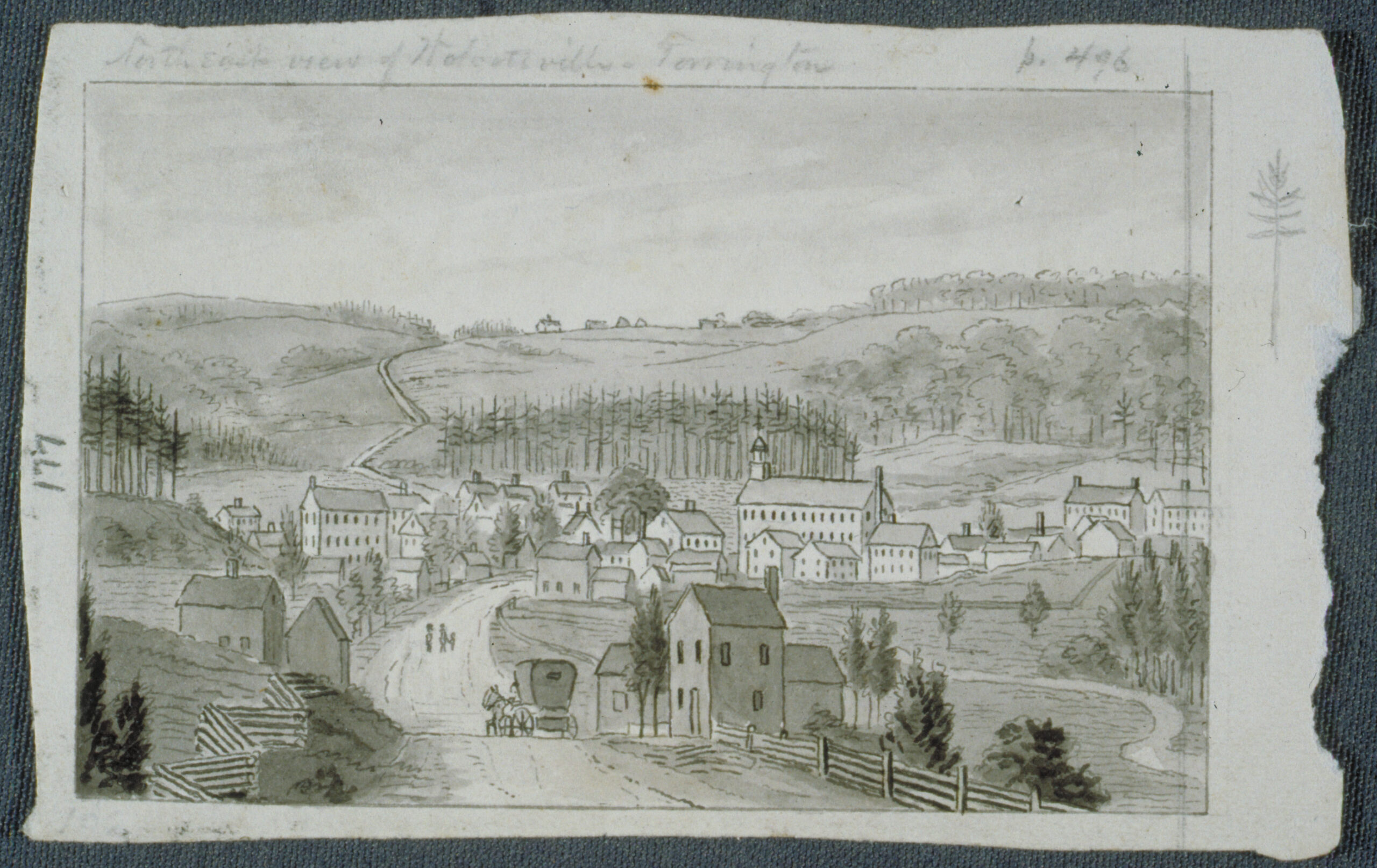
Southeast view of Wolcottville, Torrington. Preliminary drawing for Connecticut Historical Collections, John Warner Barber, New Haven, 1836. Connecticut Museum of Culture and History.
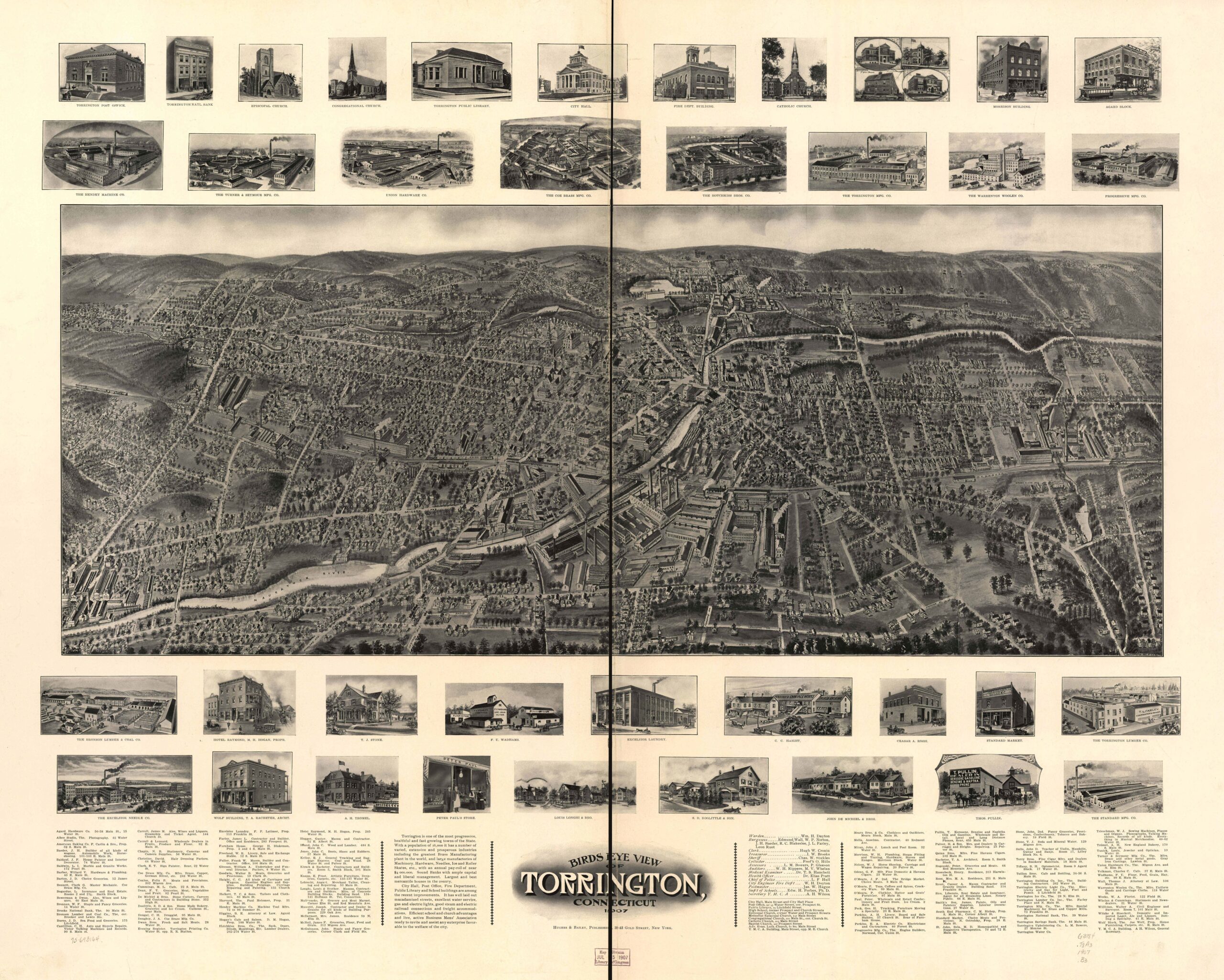
Bird’s-eye view of Torrington, Connecticut, 1907. Hughes & Bailey Publishers, New York. Geography and Map Division, Library of Congress.
For views of other Connecticut towns by John Warner Barber, mostly from the 1830s, visit the Connecticut Digital Archive.
For additional “bird’s-eye” views of Connecticut towns and cities, visit the Connecticut Digital Archive.
OR
UConn Library MAGIC collection
OR
Norman B. Leventhal Map & Education Center at the Boston Public Library
- Hartford County
- New Haven County
- Fairfield County
- Windham County
- New London County
- Litchfield County
Historic photos for the comparison activity (each group will look at one theme/topic):
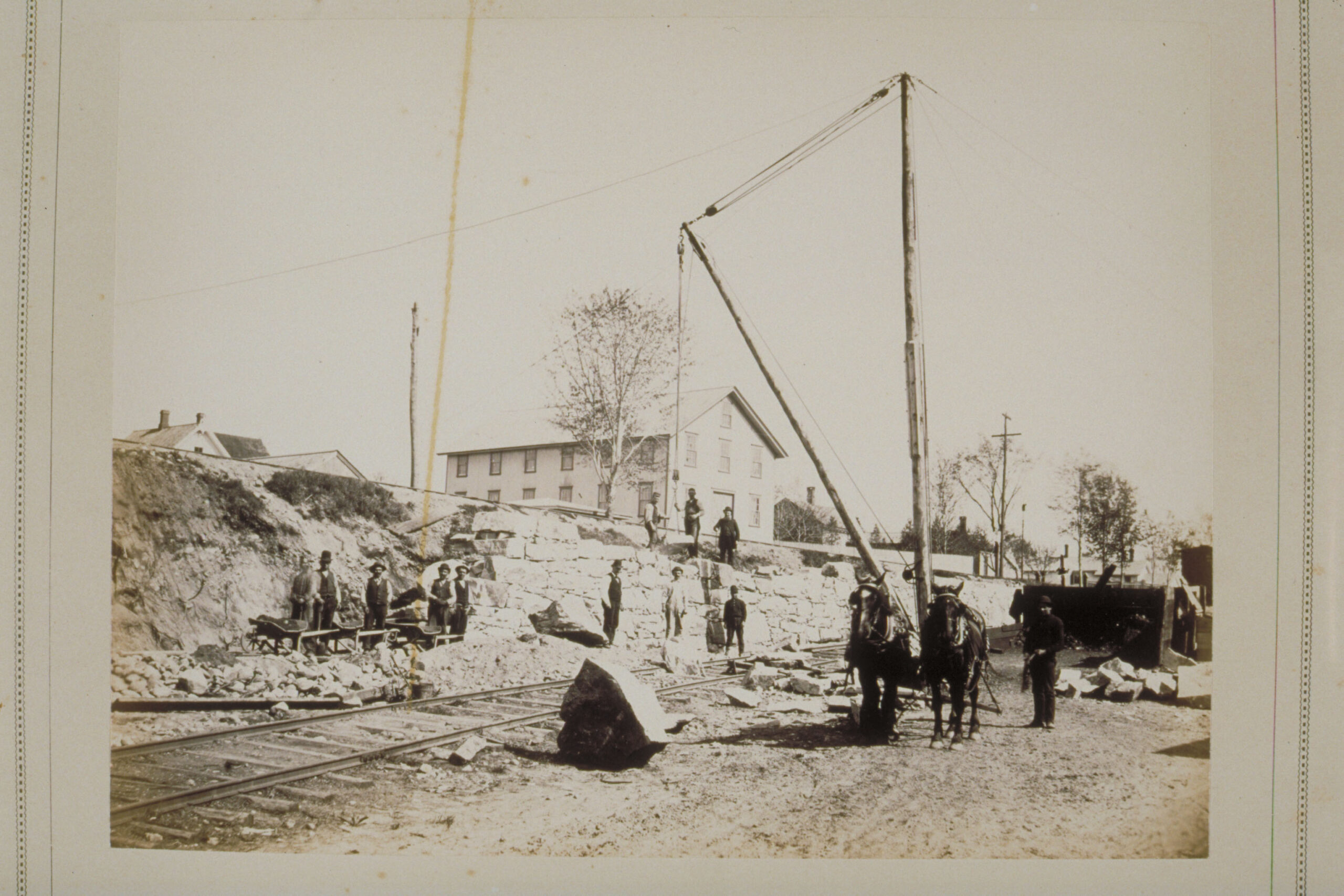
WORK: Laborers and stonemasons, Torrington. Connecticut Museum of Culture and History.
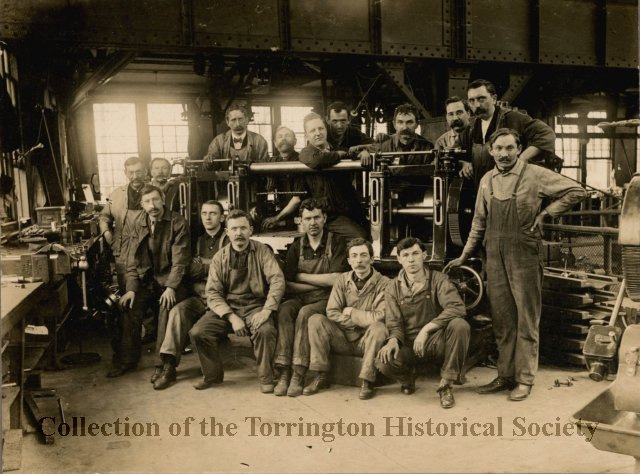
WORK: Hendey Machine Co. interior with workers, 1914. Collection of the Torrington Historical Society.
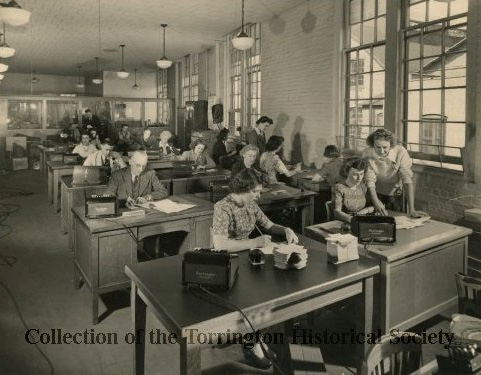
WORK: Cost Office, Hendey Machine Company, 1940s. Collection of the Torrington Historical Society.
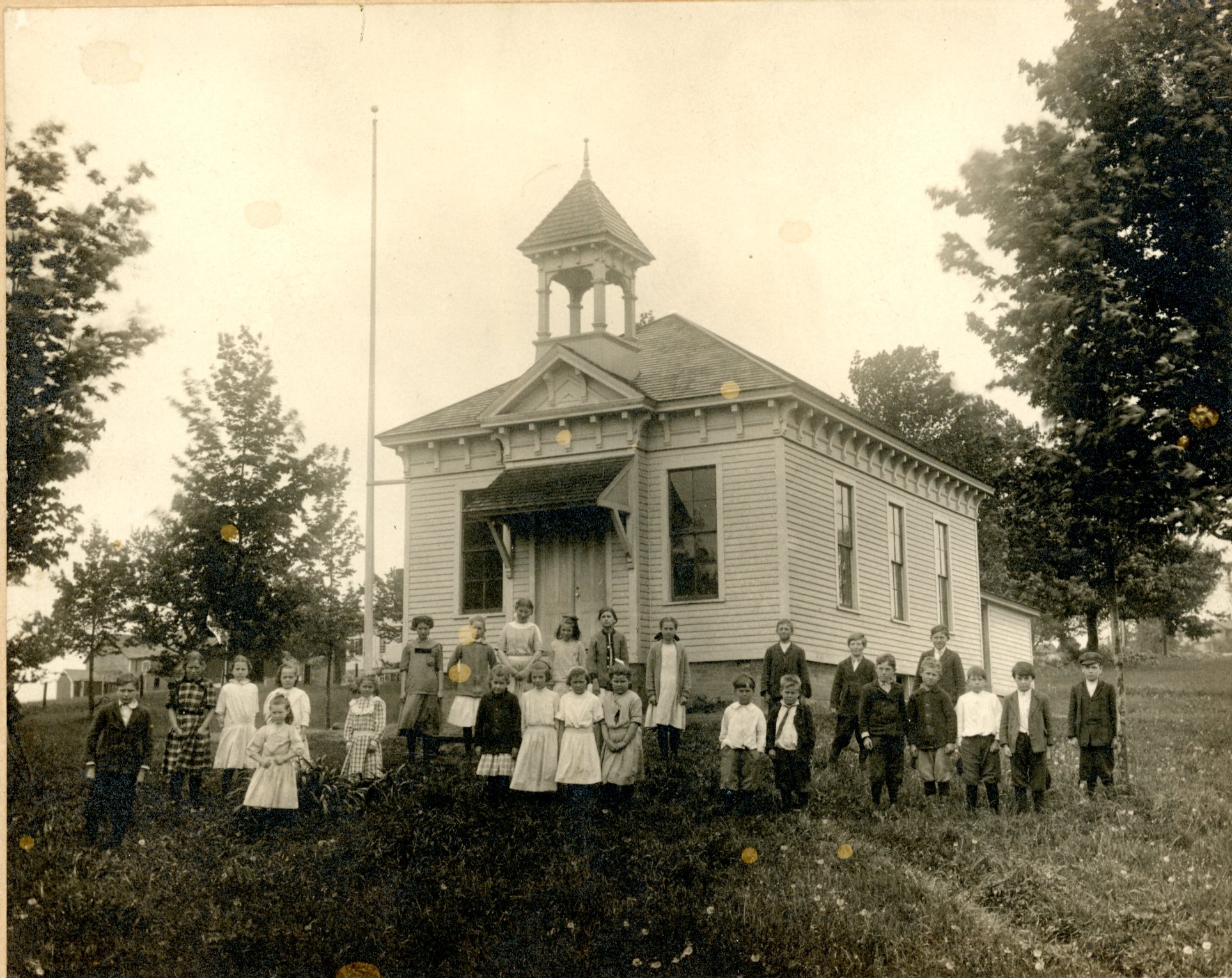
EDUCATION: Torringford School, early 20th century. Collection of the Torrington Historical Society.
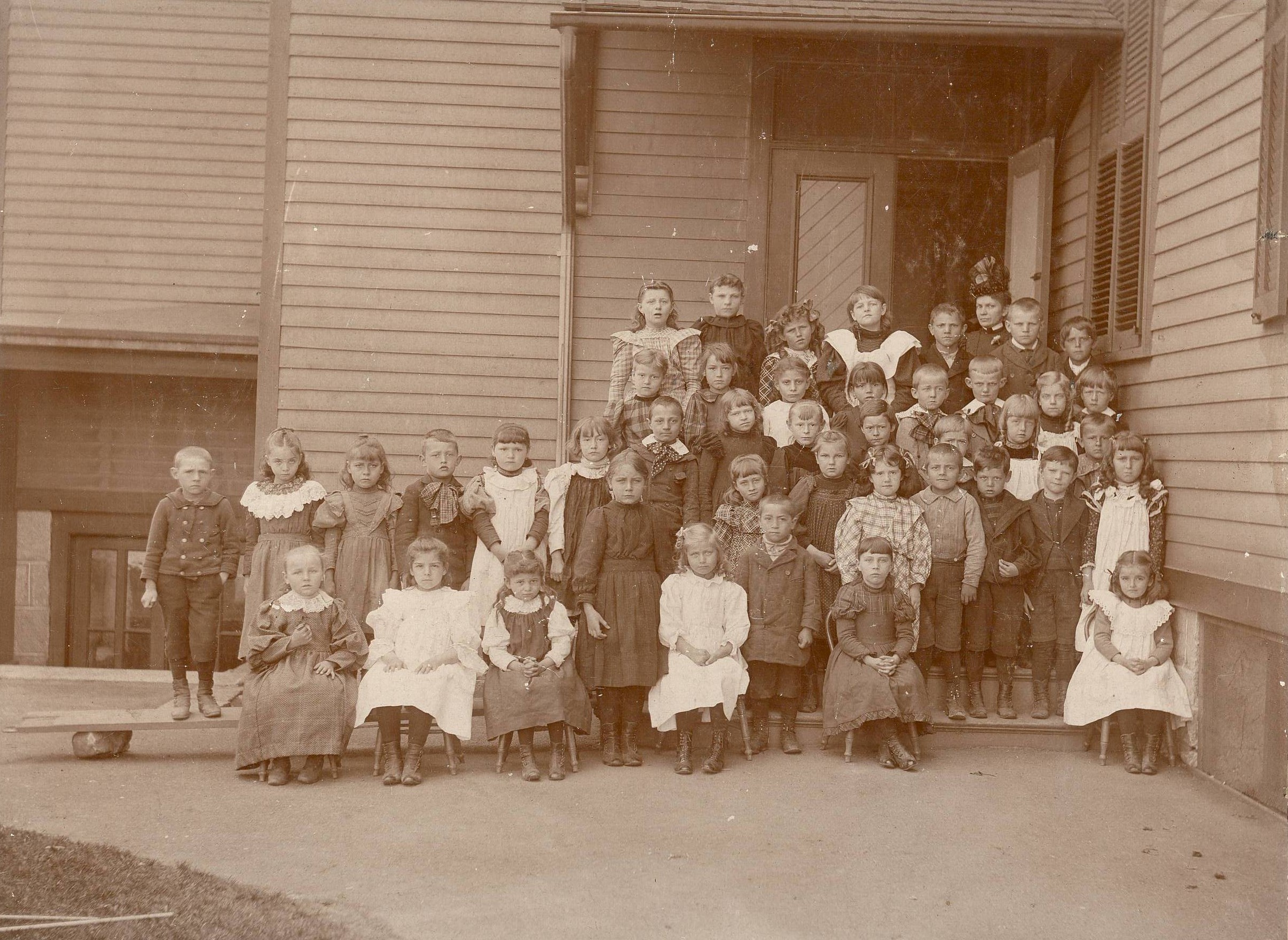
EDUCATION: South School, 2nd Grade,1898-1899. Collection of the Torrington Historical Society.

AGRICULTURE: Harold Birden with steers at his home in Torrington, 1940. Connecticut State Library.
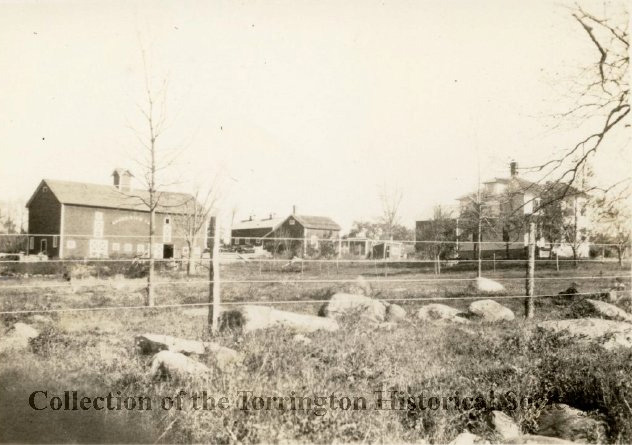
AGRICULTURE: Grand View Farm, Whiting Home. Collection of the Torrington Historical Society.
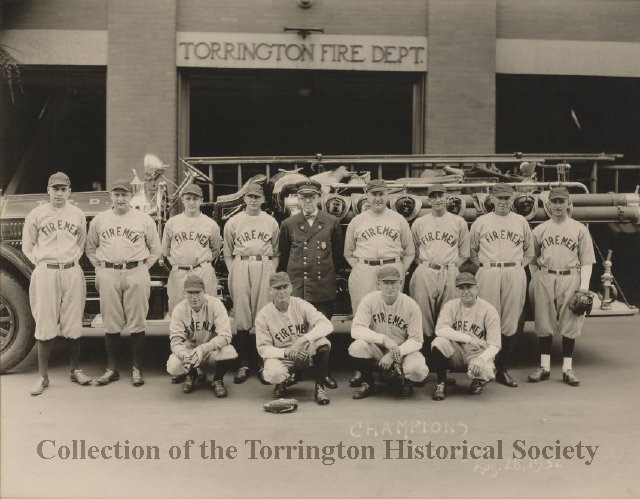
ENTERTAINMENT/RECREATION: Torrington Fire Dept. Baseball Team, 1932. Collection of the Torrington Historical Society.
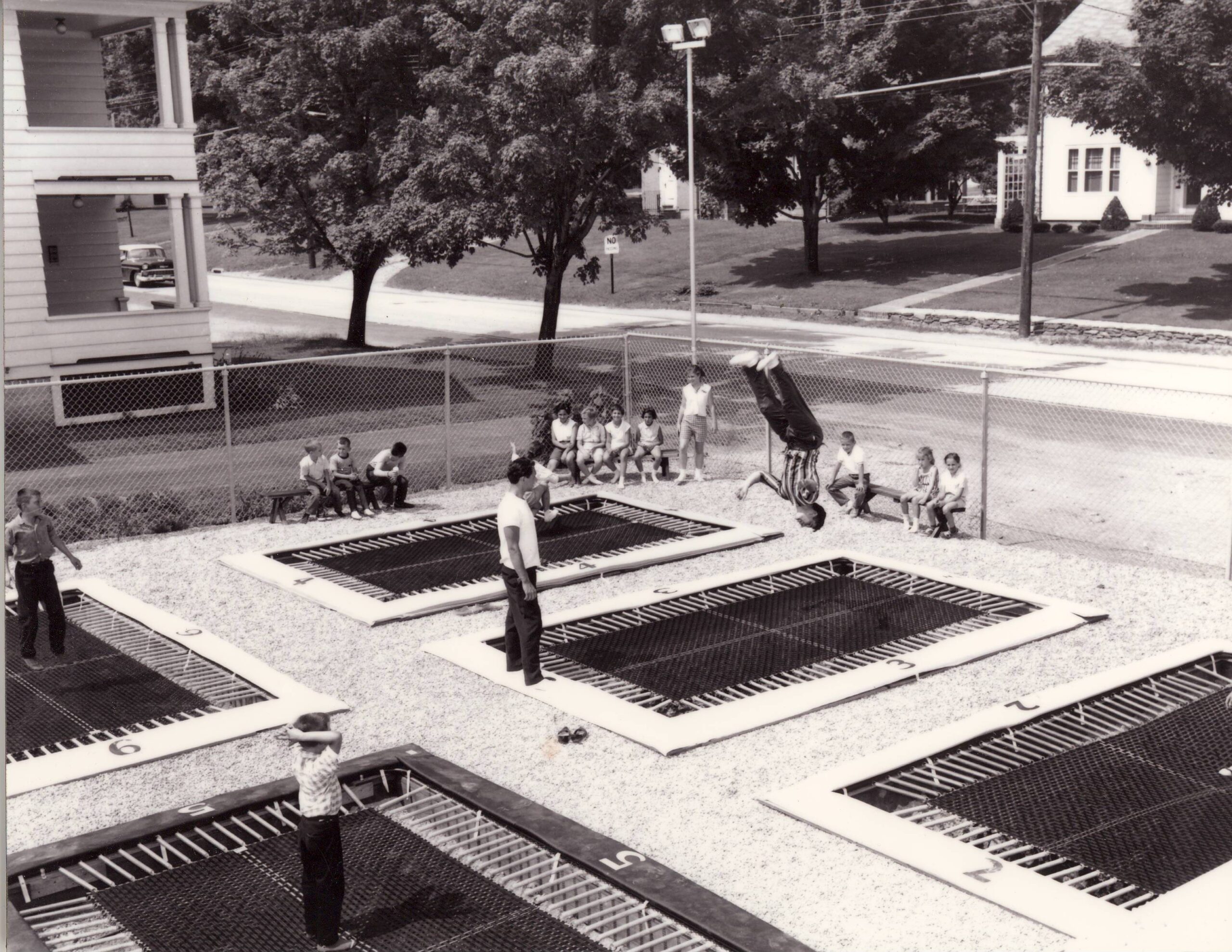
ENTERTAINMENT/RECREATION: Scarpelli’s Drive-In Amusement Park, Torrington, CT, 1961. Photograph by Richard Schlott. Collection of the Torrington Historical Society.
Examples of modern photos to pair with historic photos for the comparison activity:

WORK: O&G Industries receives safety award, 2018. Published by The Register Citizen, Hearst Media Services Connecticut, LLC.
EDUCATION: Torringford School, 2023. Photo courtesy Kate Shaggy.
AGRICULTURE: Klug Farm, Torrington, 2023. Photo courtesy Kate Shaggy.
ENTERTAINMENT/RECREATION: Vintage car show outside Warner Theater, Torrington, 2023. Photo courtesy Kate Shaggy.
ADDITIONAL RESOURCES
Places to GO
In Torrington:
Torrington Historical Society, Torrington
Warner Theater, Torrington
Elsewhere in Connecticut:
Connecticut Museum of Culture and History, Hartford
Museum of Connecticut History, Hartford
Your local museum, historical society, or public library with a local history collection
Things To DO
Make a time capsule to “hide” somewhere in your school or with a local organization.
Websites to VISIT
ConnecticutHistory.org Topics Pages:
Articles to READ
ConnecticutHistory.org:
- “Bird’s-eye Views Offer Idealized Portraits of Progress” Bird’s-eye Views Offer Idealized Portraits of Progress” by Kate Steinway.
- “The American Brass Company: Leading the Way in the ‘Brass Valley’” by Andy Piascik.
- “Torrington Recovers after the Flood of ‘55”
- “Preserving an All-American Downtown in Torrington”
- “Evaporated Milk’s Connecticut Connection – Who Knew?”



